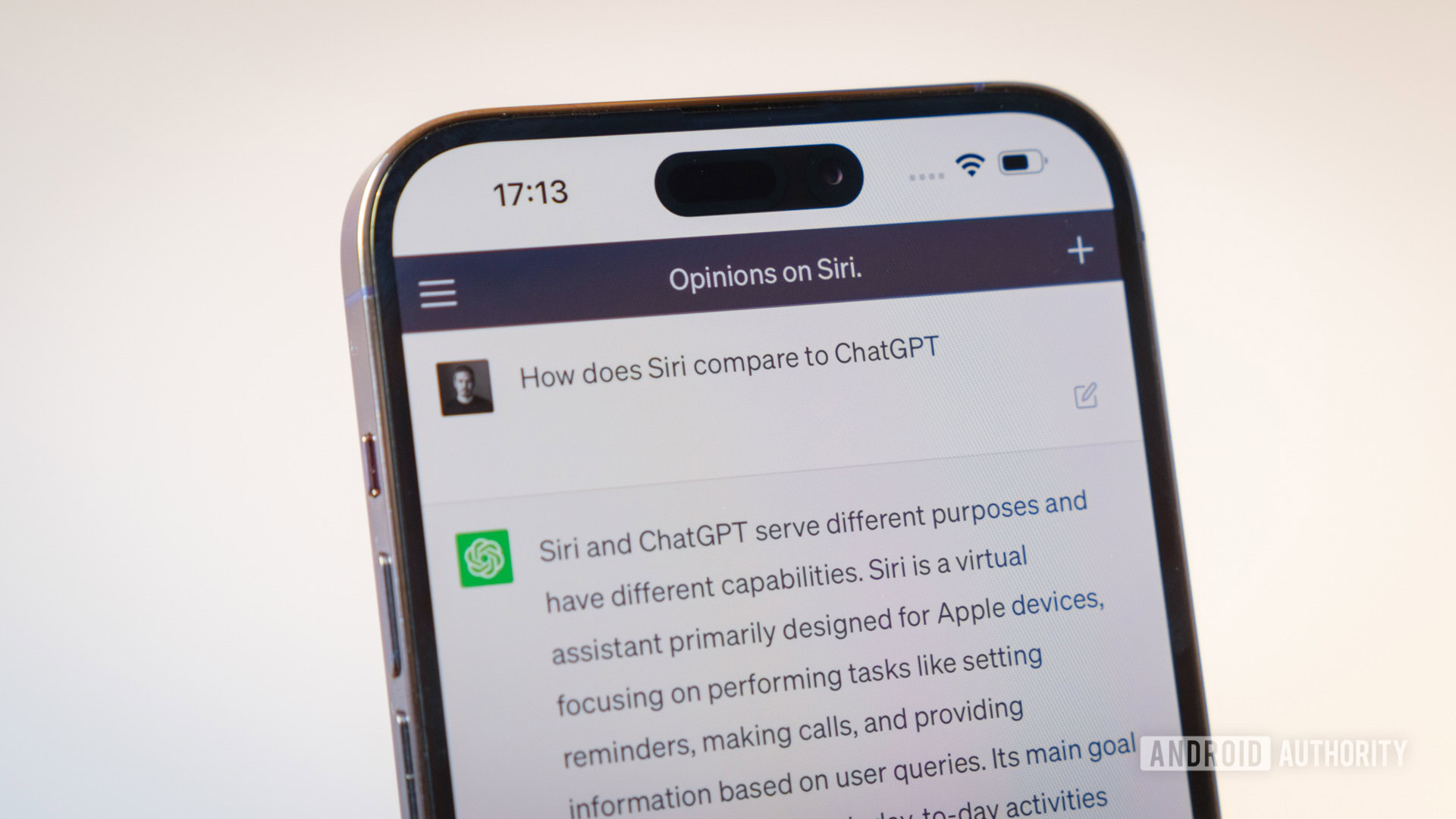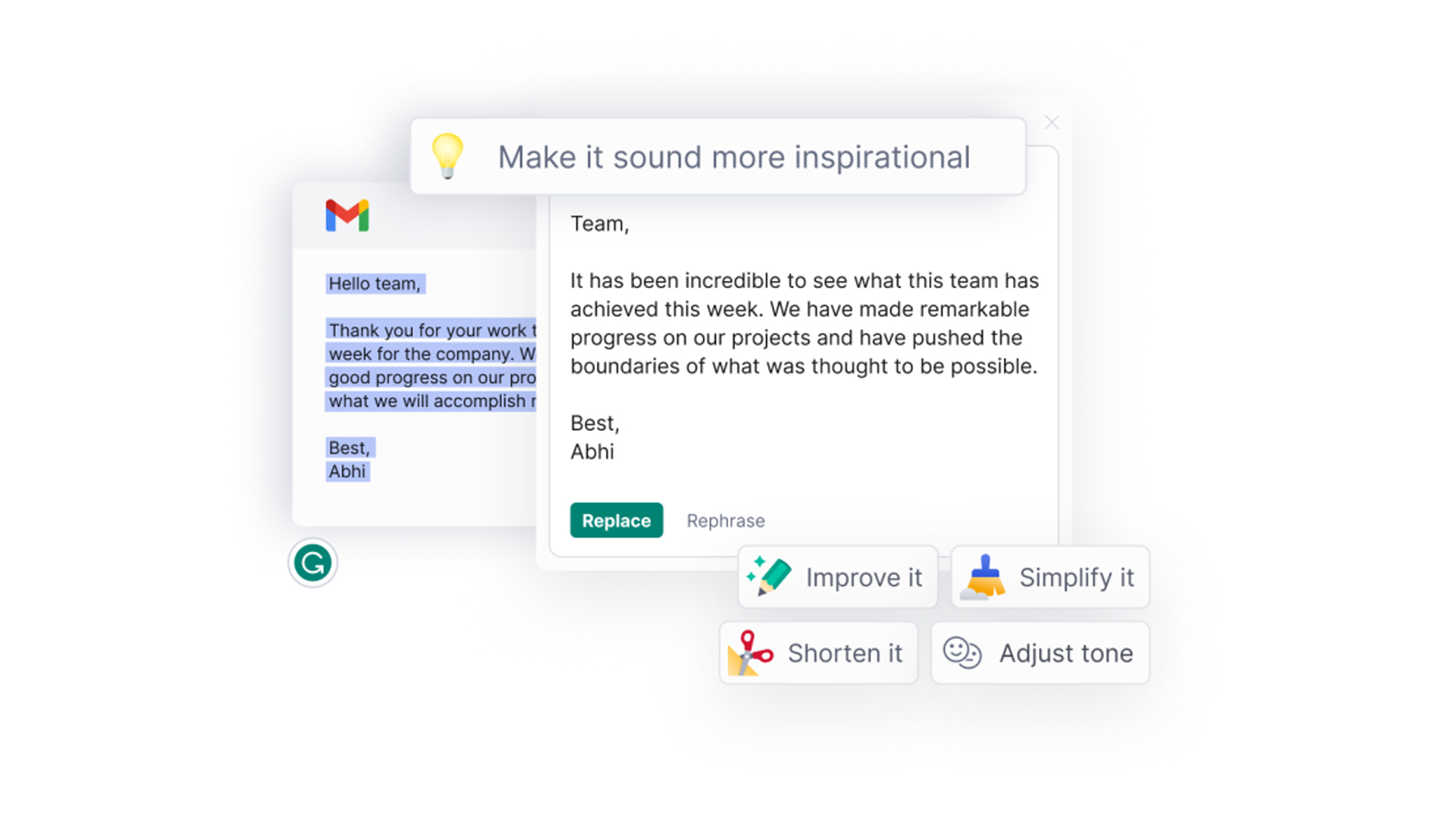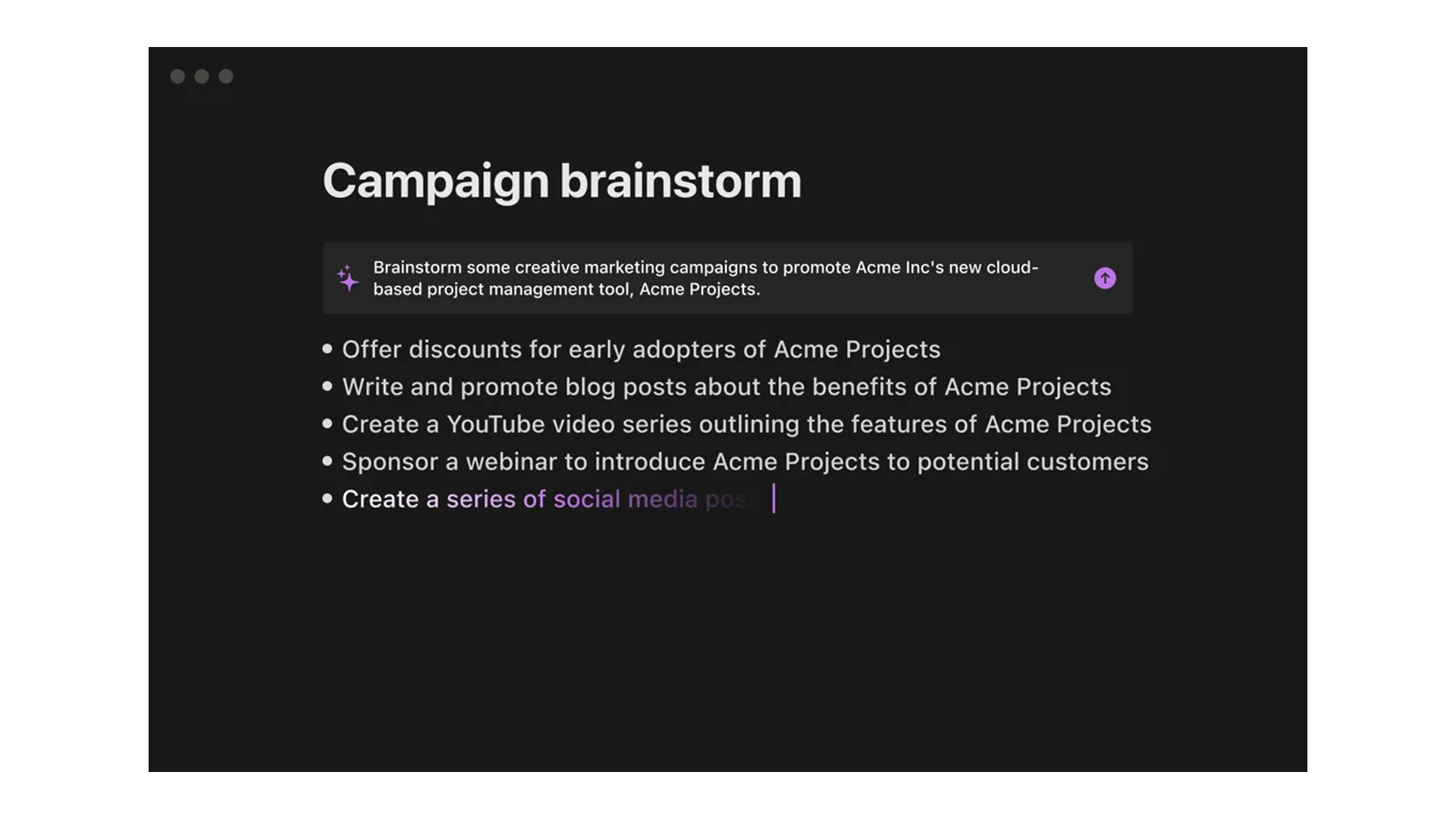Affiliate links on Android Authority may earn us a commission. Learn more.
The best AI tools for business

We’re going to be honest here — we feel the hype for generative AI is overblown at the moment, given how often it makes mistakes (“hallucinates”) or produces something that falls into the uncanny valley. But if you’re aware of its limitations and prepared to work around them, it can potentially speed up a lot of tasks. With that philosophy in mind, here are some of the best AI tools for business currently available.
The best AI tools for business
It’d be impossible to cover every possible business application of AI, even if we wanted to try. So instead we’ve chosen a handful of general-purpose tools, at least some of which should be well-known, even if you wouldn’t necessarily think of them as AI-focused.
ChatGPT

ChatGPT is the most obvious choice for a list like this, but it’s the tool that kickstarted the hype for generative AI, and with good reason. It can help draft emails, marketing, and other writing projects, as well as proofread copy and summarize topics. If you already have some programming knowledge, it can help you code better.
The thing to caution is that anything you produce with ChatGPT needs to be doublechecked. It sometimes gets facts wrong, and while its writing can be surprisingly natural, it’ll probably need to be finessed — it’s not about to replace journalists, or any other professional writer for that matter.
ChatGPT is typically free to use, although you may have to wait in line based on demand. To get around that you can subscribe to ChatGPT Plus for $20 per month, with further benefits such as plug-ins, faster response times, and access to the AI’s latest language model.
Adobe Photoshop

Photoshop has been around for decades, and is often synonymous with manipulated imagery — there are (negative) lines about it in pop songs. Adobe has doubled down on that idea in the generative AI era, using its Firefly image generation technology for features like Generative Expand and Generative Fill. These can not only add or remove objects from scenes, but replace entire backgrounds, or extend an image when the source material is too small for a particular canvas. More importantly the results are often impressive, to the point that you’ll start questioning the reality of every photo you see.
The perpetual problem of Photoshop, at least for small businesses, is that it’s expensive. You need to pay for a Creative Cloud subscription, and even the cheapest single-user plan with Photoshop starts at $19.99 per month. There are business licenses available, but these are actually more expensive since they include things like admin tools and extended tech support.
Grammarly

Grammarly ads are seemingly omnipresent on the internet, but it’s a genuinely useful tool — even us professional writers often use it to doublecheck spelling, grammar, and punctuation. It can also suggest tone changes, and a citation generator supports the APA, MLA, and Chicago styles.
Grammarly Business plans include generative AI features by default, including not just tone adjustments but things like drafting, outlines, brainstorming, and the ability to lock in a preferred “voice” for an organization. If you don’t care about anything that complex, you’ll probably enjoy quick-click options to shorten, simplify, or improve text.
Plans start at $75 per month or $540 per year for three users, and increase from there if you add more people.
Midjourney
Midjourney is, for now, the reigning king of image generators. Its Version 6 iteration is tough to challenge, in some cases producing results that are photorealistic, albeit with the occasional error that betrays AI origins. You can always embrace artificiality, though — there’s even an anime mode, which could be useful for things like game development.
For businesses there are two main catches. The first is that you can’t access Midjourney through a dedicated app or website. Instead you need to use Discord, a real-time chat app more commonly associated with gaming. Discord does run on every platform you might care about however, including the web, and the chat commands you need to know are flexible without being overly complex.
The other (potential) issue is resolution. Images default to 1024 x 1024. You can upscale to 2048 x 2048 or 4096 x 4096, and change aspect ratios if necessary, but even that maximum size isn’t good for more than a 13.7 x 13.7-inch print. You’ll probably be limited to using images in web and interface graphics, or perhaps some in-game art assets.
Access to Midjourney costs at least $10 per month or $96 per year. For business purposes you’ll probably need to upgrade to a Pro plan, which costs $60 per month or $576 per year. That gets you 30 hours per month of fast GPU rendering, unlimited “relax” rendering, and a larger number of concurrent processes. There’s an even more expensive Mega tier, but the only change there is double the amount of fast GPU time.
Notion AI

Notion is a common tool for project management and notetaking, and its AI add-on features are similar in some respects to ChatGPT and Grammarly, incorporating options for drafting, summaries, proofreading, and tone adjustments. There are some unique elements present though, such as a question-and-answer chatbot, and the ability to create an interactive checklist of action items from meeting notes. Likewise, there’s a focus on creating bulletpoint lists for brainstorming or takeaway summaries.
Although there is some free “complimentary” use, Notion AI normally costs $10 monthly or $96 annually per member in a Notion workspace. Note also that you have to upgrade an entire workspace at once — you can’t buy the add-on for select team members.